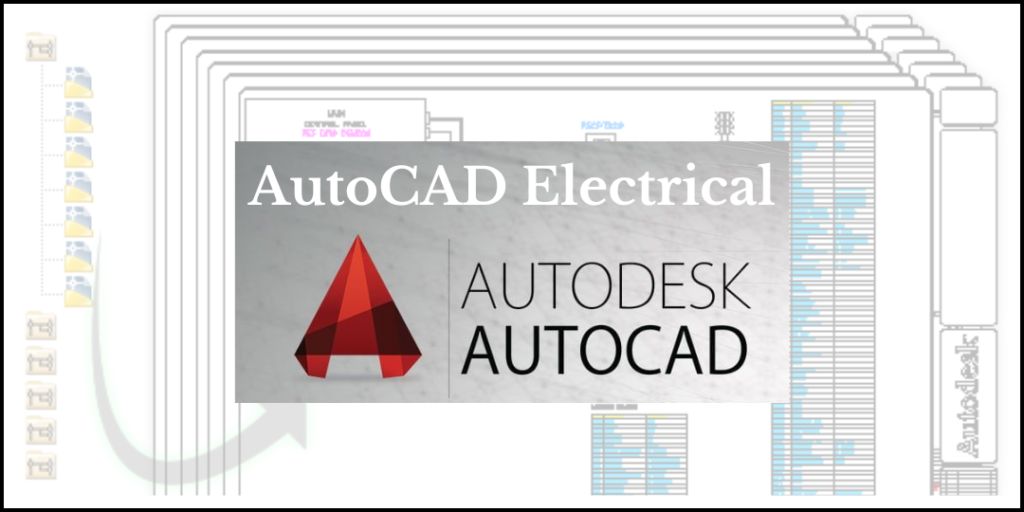Electrical 2D & Schematic Drawings Course
The Electrical 2D & Schematic Drawings Course focuses on the fundamentals of electrical drafting and schematic diagram creation. Students will learn how to design and interpret electrical circuits and systems through 2D drawings and schematic representations, essential for electrical engineers, technicians, and designers.


